Does your teen exhibit patterns of repetitiveness, rituals, or constantly redoing everyday tasks? These are all signs of OCD in teens, and up to 4 percent of children and adolescents are diagnosed with obsessive-compulsive disorder (OCD), a condition characterized by unwanted and intrusive thoughts and ensuing repetitive and compulsive behaviors.
OCD is commonly misunderstood or misrepresented as a disorder of extreme cleanliness and neatness, but there are varying symptoms and archetypes that exist under the OCD umbrella and differences in severity that range from functional OCD to severely debilitating compulsive conditions, and co-occurring, co-dependent anxieties, or depressive symptoms.
Recognizing OCD early in a person is important, as it may be key to reducing the likelihood of chronic OCD later in life and the development of co-dependent mental health conditions. While OCD may remain static for some, it is usually a condition that waxes and wanes over the years, especially if left untreated. This means it might disappear for some years and come back stronger later, especially if the diagnosed person is going through a high-stress period in their life.
What is OCD?
OCD is best understood as a form of anxiety. A person with OCD experiences two crucial elements: an unwanted, unavoidable, and powerful, intrusive thought or series of images and repetitive, debilitating, and compulsive behavior.
The two are often linked. For example, someone who is frequently thinking about their potential exposure to deadly germs may compensate with extremely frequent and excessive handwashing.
Both the obsession and the resulting or paired compulsion will be inherently nonsensical and irrational. A person with OCD knows this, and they understand the irrationality.
However, they cannot respond rationally to this portion of their brain. The driving factor behind both the obsession and the compulsion is overwhelming anxiety. This fear goes above and beyond what you can argue your way out of. In the same way, a person with OCD cannot simply stop acting the way they do through dialectics and rational thinking.
As such, treatment for OCD is a little more complicated than treatment for depression or other forms of anxiety. A person with OCD is less likely to respond positively to cognitive behavioral therapy, for example.
Types of OCD
There are archetypal thoughts, obsessions, and compulsions in people with OCD. While they differ from person to person, they generally fit into the following categories:
Obsessions:
- Being contaminated, dirtied, or touching something dirty.
- Aggressive thoughts, harmful thoughts, unwanted fantasies about violence.
- Sexual fantasies, unwanted imagery of taboo scenes, intrusive thinking about sex.
- Intrusive thoughts about religious taboos, a fear of being singled out by the divine, and scrupulosity.
- Symmetry and perfection, both aesthetic and conceptual.
- Constant fear of missing out.
Compulsions:
- Frequent washing and cleaning – to the point of injury or destroying things/wearing them down.
- Asking for reassurances from others all the time.
- Repeating tasks and behaviors or checking things multiple times. Repeating sentences, mantras, or specific actions.
- Arranging and rearranging things various times until it’s “just right.”
It’s important not to fall into the trap of stereotyping OCD symptoms or assuming that there are enough textbook definitions to fit any single case. OCD can develop and show itself in many different contexts.
For example, one form of OCD involves an obsession with sexual orientation. A person with sexual orientation-related OCD will constantly worry and second guess their sexuality and will ask for reassurance that they seem straight, or might compulsively look at pictures of the opposite sex to see if they’re still attractive.
The Common Signs of OCD in Teens
Understanding the general structure of a person’s OCD is just as important as recognizing telltale signs. OCD is ultimately an intertwined relationship between unwanted thoughts and unreasonable, futile behavior. Some common signs in teens include:
1. Repeated Cleaning Habits
A common sign of OCD is taking a relatively regular habit and pushing it to the point of damaging oneself. Excessive handwashing can break down the skin and damage a person’s health. Debilitating levels of cleaning can be a sign of obsessive-compulsive disorder.
2. Frequent Sequential Checking
We’ve all left the stove on or forgotten our keys at some point. But when you catch yourself or your teen checking the front door an exact number of times every single day or going back and forth into the kitchen to check whether the oven is off, again and again, there may be more than just a sensible obsession with safety at play.
3. Performing a Task Multiple Times in a Row
Locking, unlocking, locking, unlocking, locking, unlocking, and locking the door is an example of a repetitive task. As is turning a light switch on, off, on, off, on, then off again. These can include reciting something again and again, such as a personal mantra, a prayer, or something else.
4. Organizing and Reorganizing Constantly
It could be something as simple as arranging the cutlery on the dinner table in just the right way to keeping an entire shelf of books and figurines in a particular order and in perfect positioning. A single book out of place can cause anxiety so severe it results in panic. This is what OCD with an obsession with organization can look like.
5. Frequent Unwanted Thoughts
Most unwanted thoughts are of a taboo nature. Common ones include thinking of driving into crowds of people, feeling anxious about intrusive incestuous or pedophilic thoughts, and suddenly imagining sexual assault or violence against close friends or loved ones.
People with OCD never carry out any of these thoughts. But they haunt them to the point that it further deepens their reliance on compulsive behavior to soothe and reduce their thoughts. This destructive cycle is at its worst in cases of severe unwanted thinking because it can damage a person’s sense of self-worth and lead to self-harm.
Seeking Treatment for OCD
Treatments for OCD primarily center around cognitive behavioral therapy (CBT), incorporating exposure and response prevention therapy (ERP). CBT on its own may not be enough to help patients with OCD find healthier coping mechanisms than their own compulsions.
The unique addition of exposure therapy and response prevention focuses on mediating the response a person has to trigger exposure to their fears. The idea is to teach them that it isn’t as bad as they make it out to be. And that the world isn’t crumbling around them due to their obsessive thoughts. This may not always work, and it works better with some patients than others.
There are no OCD-specific medications, but SSRIs, modern antidepressants, can help reduce the severity of a person’s OCD to a significant degree.
At the end of the day, OCD can take on many different shapes and forms. A person with OCD will not always be afraid of germs or have unwanted violent thoughts. They may have multiple other obsessions or primarily focus on just one.
In the same way, their treatment may include multiple different modalities, and it can take time to find a treatment path that works best. Patience is required. If you or a loved one are struggling with symptoms of OCD, try to see a professional as soon as you can.








